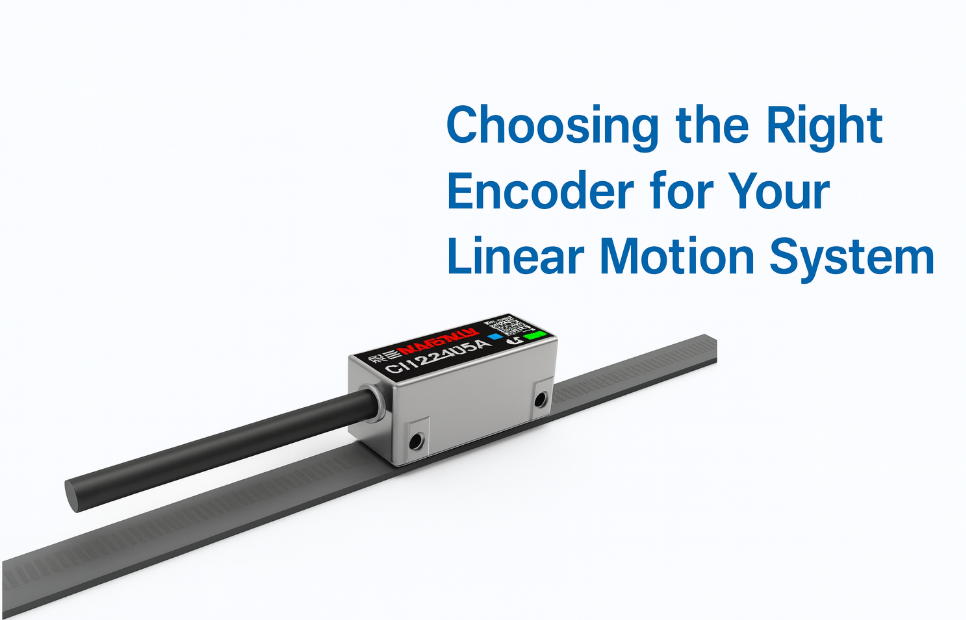In any high-performance linear motion system, precision and feedback are essential for smooth, controlled movement. That's where encoders come in. Encoders provide real-time position, speed, and direction data to the controller, enabling closed-loop control and consistent accuracy. For direct-drive systems like Smartwin's linear motors, selecting the right encoder is just as important as choosing the motor or servo drive. In this guide, we break down the different types of encoders, key selection criteria, and best practices for integration in linear motion applications.
What Is an Encoder?
An encoder is a feedback device that converts motion into an electrical signal, which can be read by a control system to determine position, velocity, and sometimes acceleration.
In linear motion systems, encoders are typically used to:
Close the feedback loop for servo control
Provide positioning feedback to CNC or PLC systems
Enable synchronization and coordination between multiple axes
Types of Encoders for Linear Motion
1. Linear Encoders
Measure absolute or incremental position directly along a linear scale
Mounted parallel to the travel axis
Types:
Optical (glass or metal scale)
Magnetic (tape-based or pole ring)
Capacitive (less common)
2. Rotary Encoders (Indirect)
Mounted to a rotating component such as a lead screw or motor shaft
Used in systems with rotary-to-linear conversion (less accurate for linear motors)
Types:
Incremental: Measures relative position with pulses
Absolute: Provides a unique code for every position
For direct-drive linear motors, linear encoders are strongly preferred over rotary encoders.
Incremental vs. Absolute Encoders
| Feature | Incremental Encoder | Absolute Encoder |
|---|---|---|
| Position Reference | Relative (requires homing) | Absolute (retains position on power-up) |
| Signal Type | A/B/Z pulses | Multi-bit binary or serial protocol |
| Complexity | Simpler, easier to set up | More complex, requires configuration |
| Cost | Lower | Higher |
Key Selection Criteria
1. Resolution
Defines the smallest measurable movement (e.g., 1 μm, 0.1 μm)
Higher resolution = better control but more data processing
Choose based on required positional accuracy and repeatability
2. Accuracy and Linearity
Accuracy = how close actual position is to reported position
Linearity = consistency of position across the travel range
Affects overall motion system performance
3. Environmental Suitability
Optical encoders: sensitive to dust, oil, or vibration
Magnetic encoders: better for dirty or industrial settings
IP rating and enclosure design matter for harsh environments
4. Interface Compatibility
Make sure encoder output matches your servo drive/controller
Common protocols: TTL (A/B/Z), Sin/Cos, BiSS-C, EnDat, SSI
Some drives require interpolation or specific data rates
5. Mounting and Alignment Tolerance
Precision alignment may be needed for high-resolution encoders
Magnetic tape or strip systems offer greater tolerance
Linear encoders must maintain consistent air gap and alignment
Encoder Technologies at a Glance
| Technology | Resolution | Durability | Best Use Case |
|---|---|---|---|
| Optical | High (0.1 μm+) | Sensitive | Cleanrooms, labs, precision metrology |
| Magnetic | Medium (1-5 μm) | Robust | Industrial, automation, general motion |
| Capacitive | Medium | Moderate | Lightweight systems |
Integration Tips
Use shielded cables and proper grounding to avoid electrical noise
Maintain clean surfaces for optical scales
Calibrate the encoder during system commissioning
Verify signal quality with oscilloscope or drive diagnostics
Pro Tip: Use a dedicated encoder mounting kit or pre-assembled linear motor module from Smartwin for guaranteed alignment.
Encoder Solutions from Smartwin Motor
Smartwin provides encoder options that integrate seamlessly with its iron-core and ironless linear motors, including:
High-resolution optical encoders (up to 0.1 μm)
Magnetic linear encoders for industrial durability
Encoder-ready motor modules with factory-aligned scales
All encoder systems are compatible with leading servo drives and available with documentation, CAD models, and tuning support.
Conclusion
The encoder is the heart of feedback in any precision linear motion system. Selecting the right encoder ensures smooth motion, accuracy, and responsiveness.
By evaluating your application's resolution needs, environmental conditions, and drive compatibility, you can make a confident encoder choice that complements your motor and control system.
Need help selecting or integrating an encoder? Contact Smartwin Motor for personalized support or visit zhiyingmotor.com for technical resources and product details.
Related Reads
How to Integrate Linear Motors with Servo Drives and Encoders
Linear Motor Maintenance: Tips to Maximize Lifespan & Precision
Top 5 Applications for Smartwin's Ironless Linear Motors

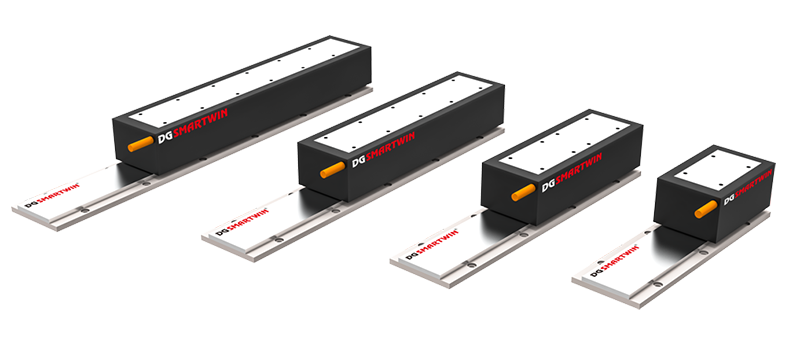
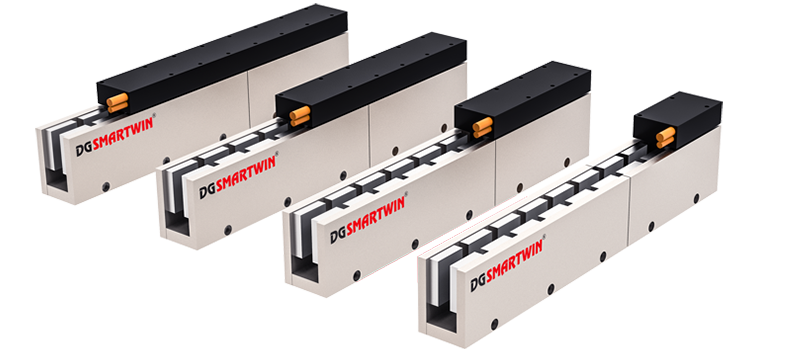
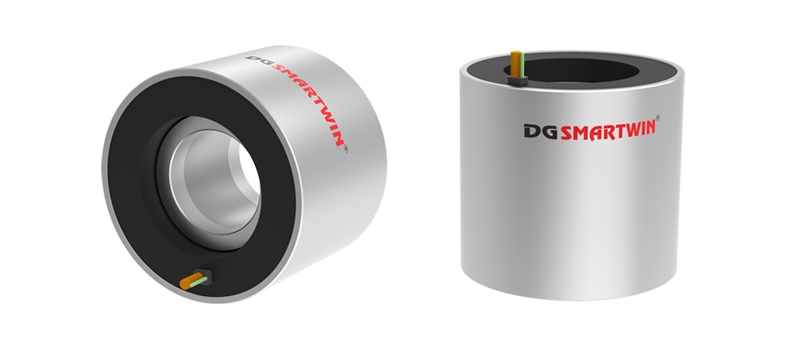
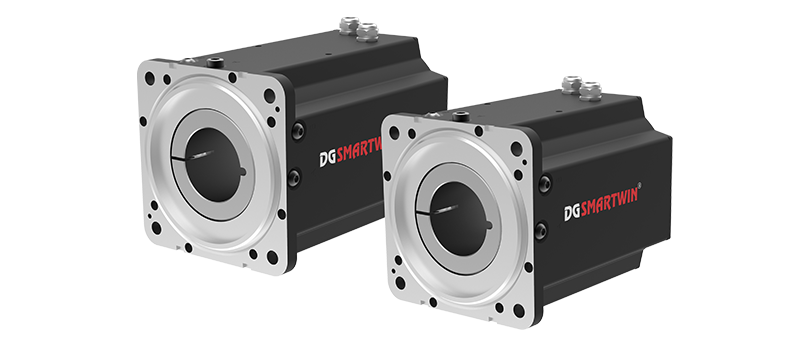
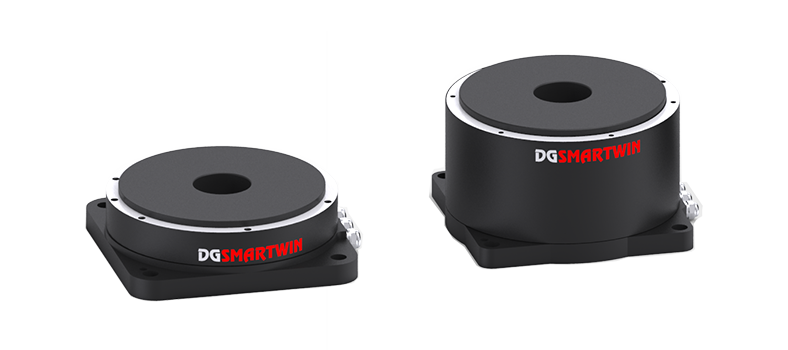
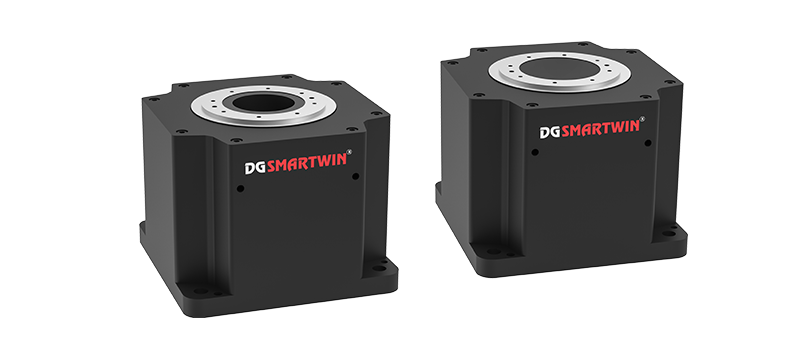
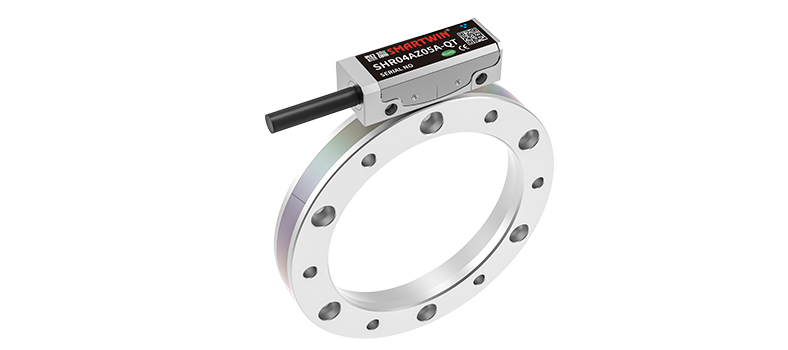
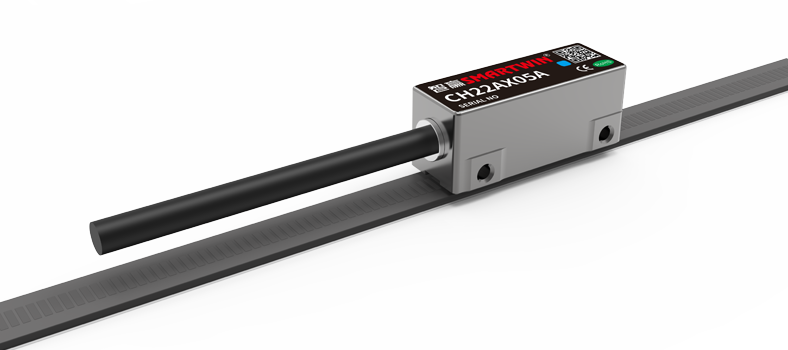








 En
En

